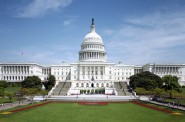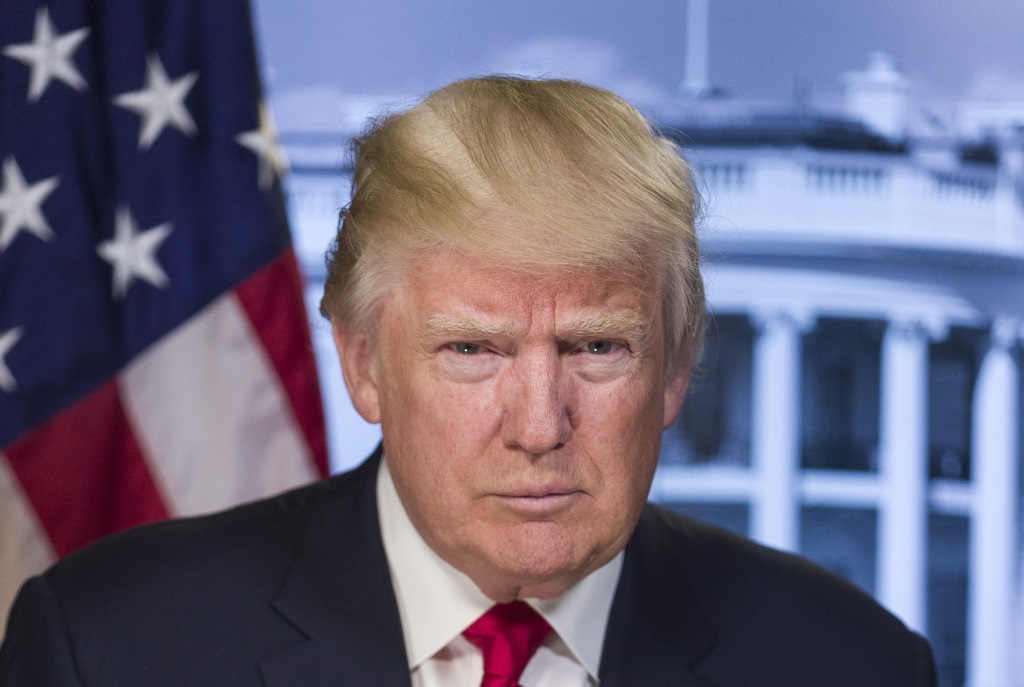Trump Budget Will Hurt State Workers
Yet his campaign promised new opportunities for workers.
President Trump visited the Milwaukee area recently, tweeting that he was “heading to the Great State of Wisconsin to talk about “JOBS, JOBS, JOBS!” Expanding opportunities for workers and developing the state’s workforce should be a top priority for policymakers at both the state and federal levels, but President Trump’s rhetoric doesn’t match his actions on this issue. His proposed budget makes deep cuts to the federal resources that Wisconsin uses to develop the state’s skilled and work-ready labor force.
In his visit to Waukesha County Technical College, President Trump emphasized the importance of developing a skilled workforce, declaring that “America must not only teach, but celebrate skilled labor.” But the 2018 budget he proposed would deeply cut federal funding for programs and services that states deliver that are critical for the development of a healthy, well-educated workforce – programs like Medicaid, which helps people with low incomes see a doctor when they need one, and SNAP (previously known as food stamps), which helps people with low incomes put food on the table. Many Wisconsin workers who work for low wages rely on Medicaid and SNAP to make ends meet. Deep cuts to those programs, and the resulting reduction in services, could destabilize those households, making workers more likely to miss time from work or not reach their full productivity.
Wisconsin uses most of the WIOA resources it receives to fund eleven local workforce investment boards across the state, which address local workforce needs, particularly in the areas of manufacturing, health care, information technology, and transportation. Here are examples of initiatives planned by local workforce boards, partially underwritten by the funds President Trump has threatened to cut. Descriptions are from the Wisconsin Workforce Development Association website:
- The Northwest Wisconsin Workforce Investment Board will develop events to expose youth to manufacturing careers with local tours of manufacturing facilities.
- The Workforce Development Board of South Central WI and AGC of Wisconsin and the area Building Trades Council will develop a 5-month campaign to expose students, counselors, teachers and parents in 16 school districts to high-growth high-wage careers available in the construction trades and through apprenticeships.
- The North Central Wisconsin Workforce Development Board will work with automobile and diesel credentialing entities and local education institutions to design training curriculum for incumbent workers. A task force will be created to develop the curriculum and identify funding opportunities for training.
- The Southeast WI Workforce Development Board is partnering with the Waukesha-Ozaukee-Washington Workforce Development Board and Milwaukee Area Workforce Investment Board (MAWIB), employers, and technical colleges to convene employers to identify and inventory skill and hiring needs of IT and logistics employers, create an inventory of industry recognized certifications, and develop a matrix and career pathway(s) in the identified occupations.
There’s no doubt that Wisconsin would benefit from a focus on “JOBS, JOBS, JOBS.” We need to make sure that Wisconsin has a solid supply of jobs that pay family-supporting wages, and that the Wisconsin workforce has the skills to meet employer needs. To make that happen, policymakers need to make investments in education, health, and job training, using both federal and state resources. Although Trump’s tweets stress the importance of jobs, the budget he has proposed would make it harder for what he calls “the Great State of Wisconsin” to build a workforce that meets the needs of tomorrow’s economy.
Wisconsin Budget
-
Charting The Racial Disparities In State’s Prisons
 Nov 28th, 2021 by Tamarine Cornelius
Nov 28th, 2021 by Tamarine Cornelius
-
State’s $1 Billion Tax Cut Leaves Out 49% of Taxpayers
 Sep 21st, 2021 by Tamarine Cornelius
Sep 21st, 2021 by Tamarine Cornelius
-
TANF Program Serves a Fraction of Poor Families
 Aug 30th, 2021 by Jon Peacock
Aug 30th, 2021 by Jon Peacock

















